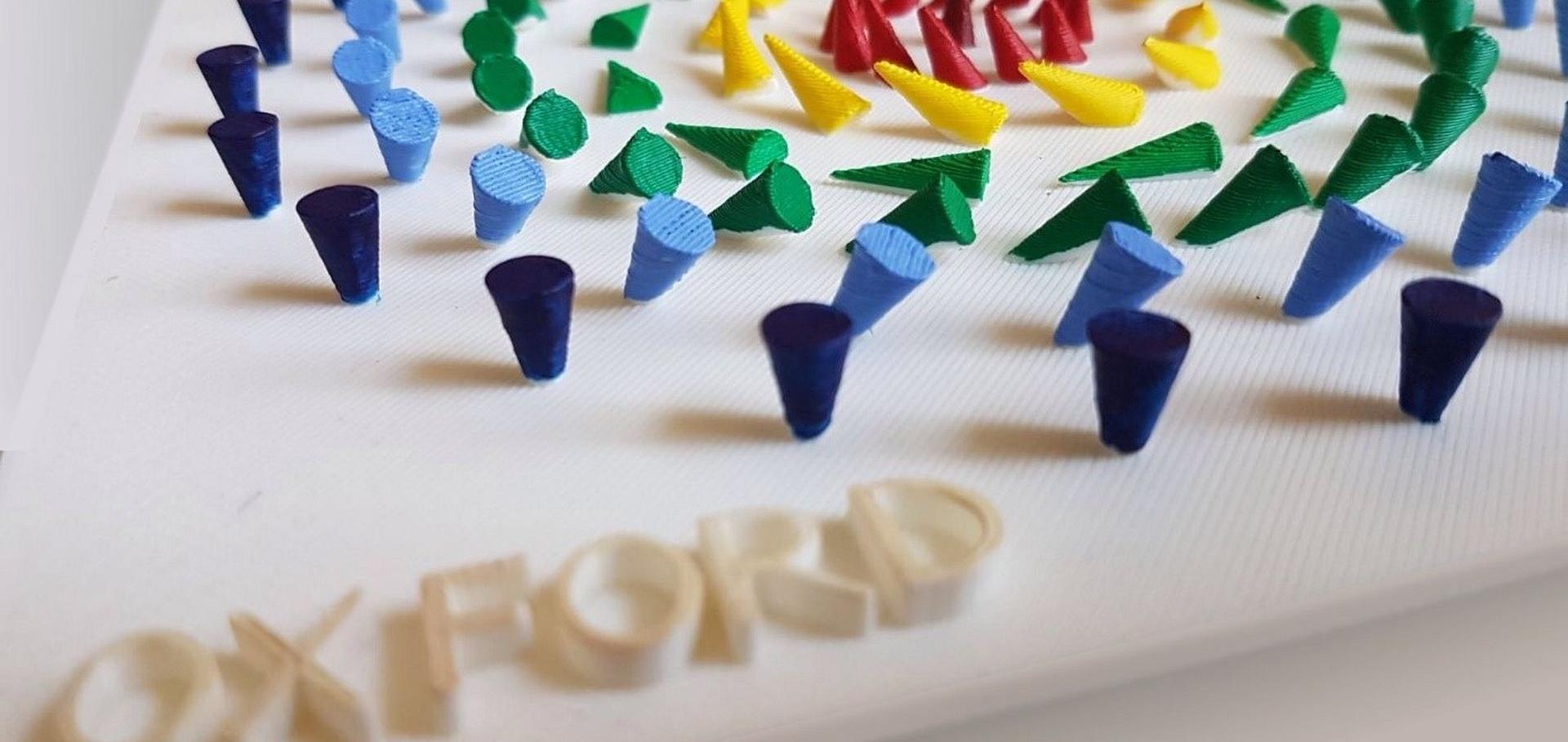Effect of interfacial structures on spin dependent tunneling in epitaxial L10-FePt/MgO/FePt perpendicular magnetic tunnel junctions
Journal of Applied Physics AIP Publishing 117:8 (2015) 083904
A New Topological Insulator Built From Quasi One-Dimensional Atomic Ribbons
Physica Status Solidi - Rapid Research Letters Wiley 9:2 (2015) 130-135
Abstract:
A novel topological insulator with orthorhombic crystal structure is demonstrated. It is characterized by quasi one-dimensional, conducting atomic chains instead of the layered, two-dimensional sheets known from the established Bi2(Se,Te)3 system. The Sb-doped Bi2Se3 nanowires are grown in a TiO2-catalyzed process by chemical vapor deposition. The binary Bi2Se3 is transformed from rhombohedral to orthorhombic by substituting Sb on ~38% of the Bi sites. Pure Sb2Se3 is a topologically trivial band insulator with an orthorhombic crystal structure at ambient conditions, and it is known to transform into a topological insulator at high pressure. Angle-resolved photoemission spectroscopy shows a topological surface state, while Sb doping also tunes the Fermi level to reside in the bandgap.A new topological insulator built from quasi one-dimensional atomic ribbons
Physica Status Solidi - Rapid Research Letters 9:2 (2015) 130-135
Abstract:
A novel topological insulator with orthorhombic crystal structure is demonstrated. It is characterized by quasi one-dimensional, conducting atomic chains instead of the layered, two-dimensional sheets known from the established Bi2(Se,Te)3 system. The Sb-doped Bi2Se3 nanowires are grown in a TiO2-catalyzed process by chemical vapor deposition. The binary Bi2Se3 is transformed from rhombohedral to orthorhombic by substituting Sb on ∼38% of the Bi sites. Pure Sb2Se3 is a topologically trivial band insulator with an orthorhombic crystal structure at ambient conditions, and it is known to transform into a topological insulator at high pressure. Angle-resolved photoemission spectroscopy shows a topological surface state, while Sb doping also tunes the Fermi level to reside in the bandgap.Cover Picture: A new topological insulator built from quasi one‐dimensional atomic ribbons (Phys. Status Solidi RRL 2/2015)
physica status solidi (RRL) - Rapid Research Letters Wiley 9:2 (2015) n/a-n/a
Spin pumping in ferromagnet-topological insulator-ferromagnetheterostructures
Scientific Reports Nature Publishing Group 5:1 (2015) 7907


